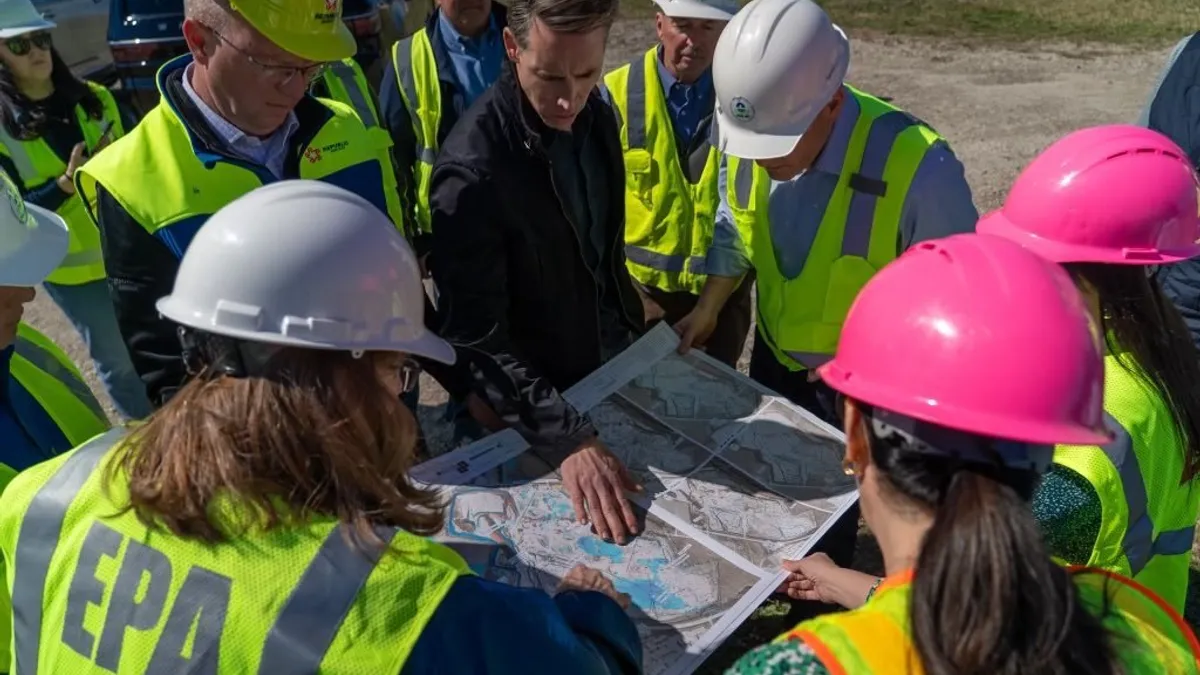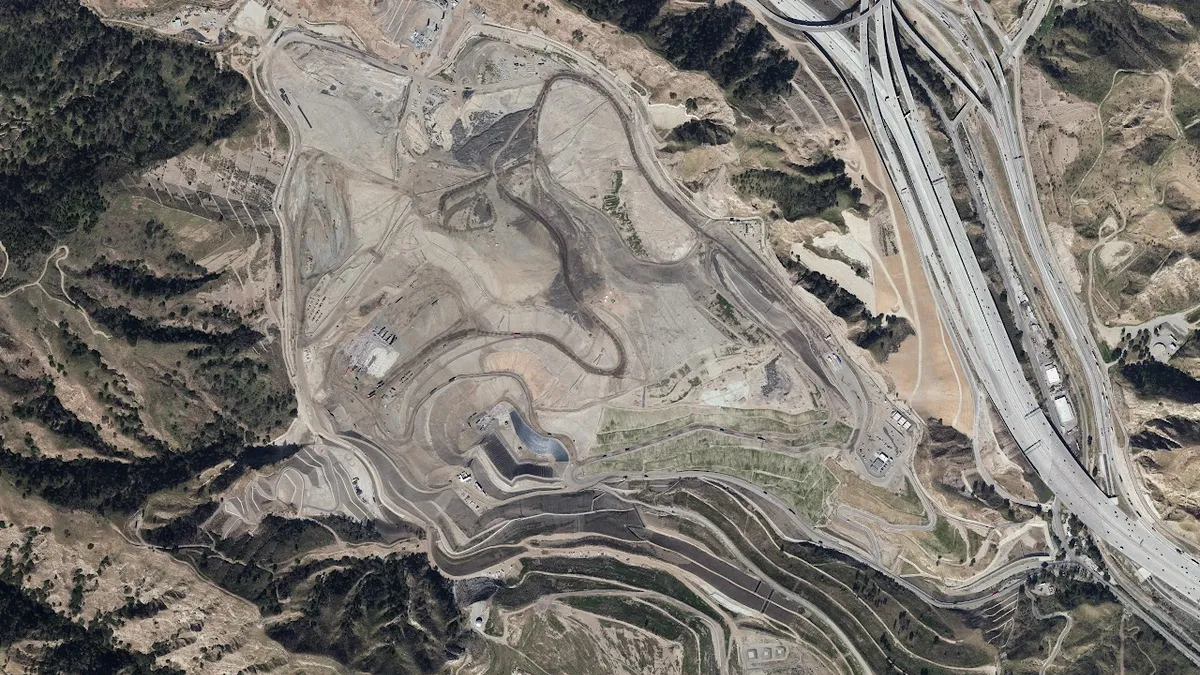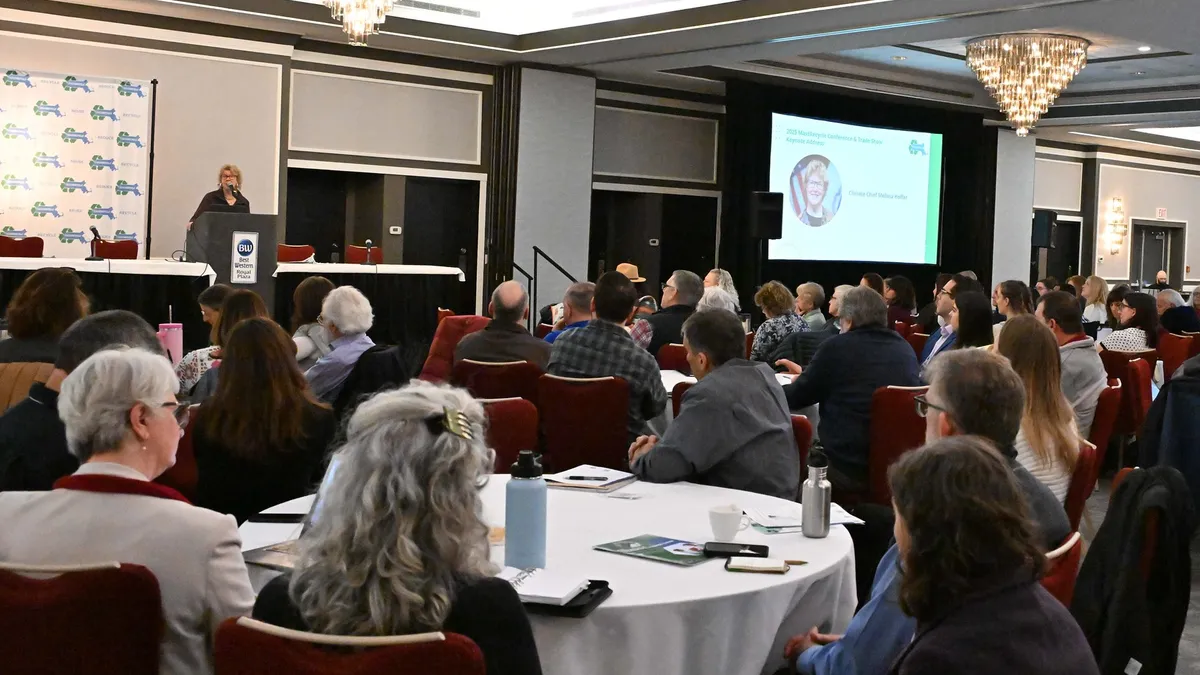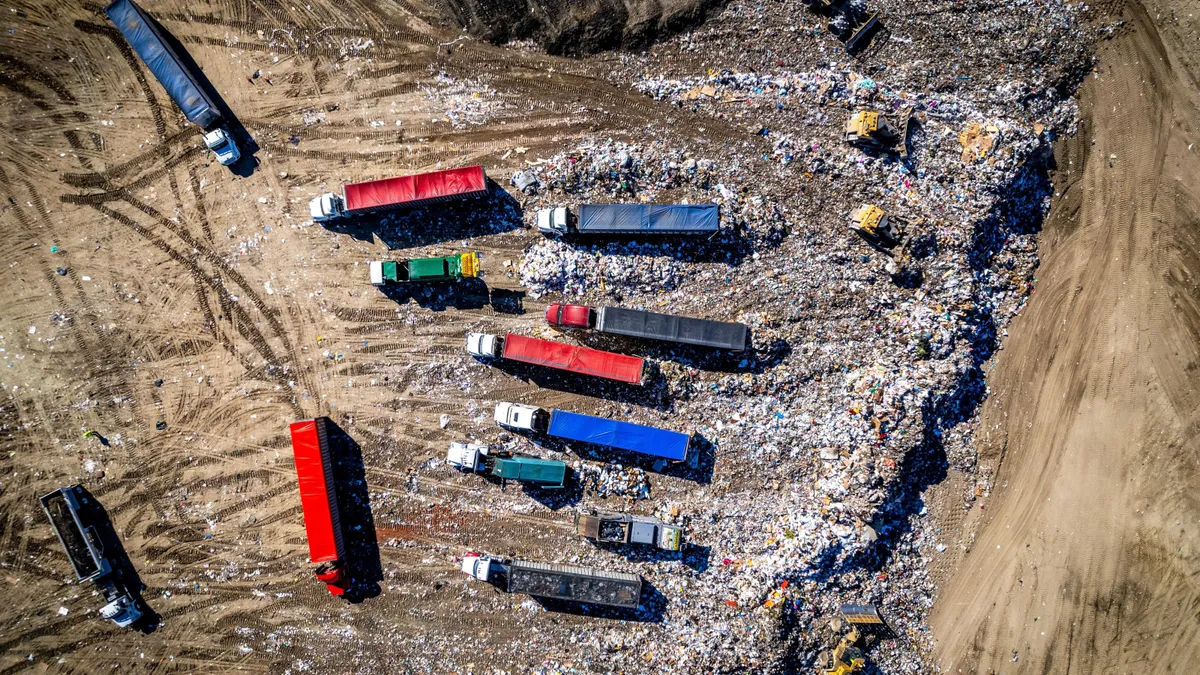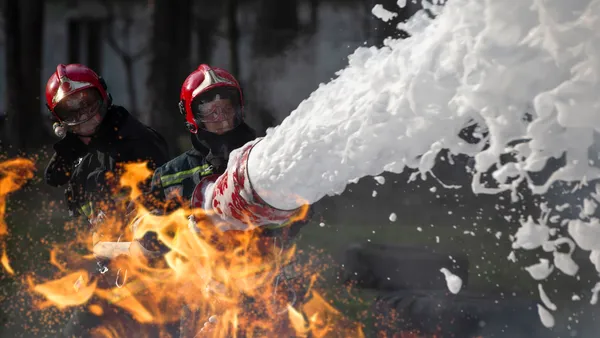Waste Connections recently hired environmental services company Altra Sanexen to provide PFAS remediation for leachate at its landfills in Rosemount and Rich Valley, Minnesota.
Altra will provide a continuous foam fractionation service to remove PFAS from leachate at the two landfills for the next 10 years, the companies announced in a news release.
Many landfill operators see PFAS as a growing concern for the industry but are awaiting federal guidance on how to manage the per- and polyfluoroalkyl substances. Waste Connections sees its agreement with Altra as a way to take early action.
“Looking at a way to remove PFAS from our landfill leachate, we hope this project can serve as a demonstration of a successful path forward,” Kurt Shaner, Waste Connections’ vice president of engineering and sustainability, told Waste Dive.
Waste Connections chose the Rosemount landfill as an initial location for the project because it’s in an area of Minnesota where PFAS had been manufactured in the past, so levels of PFAS in leachate were higher there than in some other landfills the company operates, Shaner said. A nearby wastewater treatment plant had also expressed interest in PFAS remediation technology.
Waste Connections executives have publicly discussed the company’s sense of urgency in finding methods to manage PFAS in its operations. In a keynote speech at last year’s Global Waste Management Symposium, James Little, executive vice president of engineering and disposal, stressed that operators need to take action on PFAS now, even as companies face questions over how to best manage, treat or destroy the chemicals. “That time is already here,” he said in the speech. “I’m worried we’re behind the curve.”
Little also asked researchers, tech companies and others in the audience for help in determining “how effective landfilling is, and how significant migration pathways like stormwater, landfill gas [and] leachate can be for PFAS to get out of the landfills we have.”
Altra employees were in the audience that day, and the two companies began talking at the conference about possible remediation solutions, said Martin Bureau, Altra’s vice president of innovation and PFAS lead, in an interview.
Altra says its foam fractionation technology, operated in a modular unit on-site, continually separates out PFAS with a stream of bubbles that creates a foam that can later be solidified. Bureau said the technology results in “very significant” reductions in PFAS, but the company is hesitant to give an exact measurement because “regulators have yet to tell us what needs to be met,” he said. If the operation needs to meet future state or federal minimum concentration levels, the modular equipment can be expanded or modified to meet specific regulations, Bureau said.
Both Waste Connections and Altra said they’re still working out the details of how to dispose of the PFAS once it goes through foam fractionation. Options could include landfilling the solidified PFAS or sending it through another process that destroys the PFAS.
Bureau said he expects the PFAS remediation industry to grow as more waste companies start investing not only in foam fractionation technology but also in a suite of other PFAS disposal and destruction options such as incineration. Clean Harbors, for example, says its Utah incinerator can destroy “multiple forms” of PFAS.
Interim EPA guidance set in 2020 identified landfilling, incineration and deep well injection as the three preferred PFAS disposal methods based on the latest science. The EPA is expected to update that guidance later this year.
“It’s public knowledge that the major waste companies are looking for PFAS solutions,” Bureau said. “They’re talking to people like us, they’re talking to our competitors. Not only that, they’re also looking for complementary technologies and solutions. This is a huge environmental problem that we have to deal with, and no one company is going to solve it alone.”
Demand for such services could also rise after more federal regulations are set. The EPA proposed drinking water standards for six kinds of PFAS this year. Once finalized, those standards may become important in determining how facilities monitor or handle PFAS-containing leachate because it’s typically treated at wastewater treatment plants.
The EPA also plans to designate two PFAS compounds, PFOS and PFOA, as hazardous substances under the Comprehensive Environmental Response, Compensation and Liability Act, also known as Superfund. Waste industry operators consider themselves “passive receivers” of PFAS-containing material and believe the EPA’s decision could have costly unintended consequences.
Waste Connections, along with other waste, recycling and composting groups, supports the Resource Management PFAS Liability Protection Act. The bill aims to narrowly exempt operators of solid waste facilities from CERCLA responsibility for certain “costs and damages” related to releases of PFAS substances in the environment.
Waste Connections also wants to see PFAS come under stricter control so it and other waste companies receive less of it, Shaner said. As certain kinds of PFAS have been restricted or discontinued, their presence in landfills has diminished, he said.








